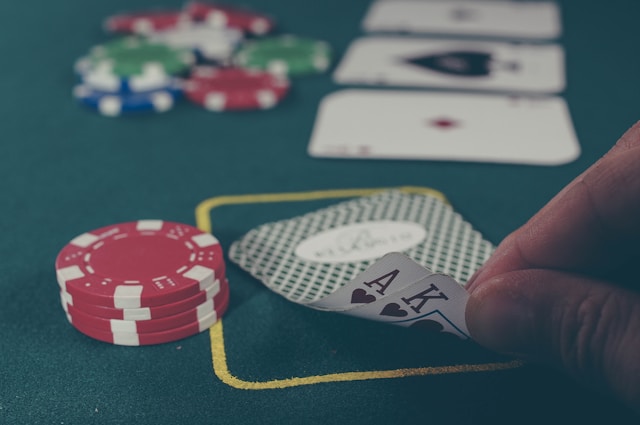Poker, with its intricate strategies and high stakes, has long been a beloved pastime for enthusiasts around the globe. Yet, amid the intensity of the game, one term often mystifies newcomers and seasoned players alike: the rake. What exactly does it mean to take a rake in poker? In this comprehensive guide, we unravel the mystery behind this crucial aspect of the game, shedding light on its significance and implications.
Understanding the Basics: What is a Rake in Poker?
At its core, the rake in poker refers to the commission or fee charged by the casino or poker room for hosting the game. It’s essentially the price players pay for the privilege of participating in the action. This fee is typically a small percentage of the pot, capped at a predetermined maximum amount.
How is the Rake Calculated?
The calculation of the rake varies depending on the specific rules and policies of the casino or poker room. In most cases, it’s calculated as a percentage of the total pot, usually ranging from 2% to 10%. This percentage is applied to the pot once the hand is completed, with the exact amount deducted and collected by the house.
Additionally, there may be a predetermined cap on the maximum amount that can be raked from each hand. This cap ensures that the rake remains reasonable and proportional to the size of the pot, preventing excessive deductions that could deter players from participating in the game.
Understanding the intricacies of rake calculation is essential for players seeking to maximize their profitability and make informed decisions at the poker table. By familiarizing themselves with the specific rake structure of the casino or poker room they’re playing in, players can adjust their strategies accordingly and optimize their chances of success in the game.
Why Does the Casino Take a Rake?
The primary purpose of taking a rake in poker is to generate revenue for the establishment hosting the game. Casinos and poker rooms incur various expenses, including staffing, utilities, and maintenance costs, all of which must be covered to ensure the smooth operation of the venue. By taking a small percentage of each pot, the casino can offset these expenses and turn a profit from hosting the game.
Implications for Players: How Does the Rake Affect Your Winnings?
While the rake may seem like a minor detail, it can have a significant impact on your overall winnings in the long run. Since the rake reduces the size of each pot, it effectively diminishes the potential profitability of each hand for the players involved. Over time, these small deductions can add up, potentially eating into your profits and influencing your bottom line as a player.
Strategies for Mitigating the Impact of the Rake
Despite its unavoidable nature, there are strategies that players can employ to mitigate the impact of the rake on their winnings. One approach is to focus on playing in games with lower rake percentages or caps, as this can help minimize the amount deducted from each pot. Additionally, managing your bankroll effectively and being mindful of the rake’s influence on your overall profitability can help you make more informed decisions at the poker table.
Navigating the World of Poker Rakes
In the complex ecosystem of poker, understanding the concept of taking a rake is essential for players looking to maximize their earnings and navigate the intricacies of the game. By grasping the basics of how the rake is calculated, why it’s taken, and its implications for your winnings, you can approach the poker table with confidence and clarity. Armed with this knowledge, you’ll be better equipped to make informed decisions and enhance your overall experience as a poker player.

